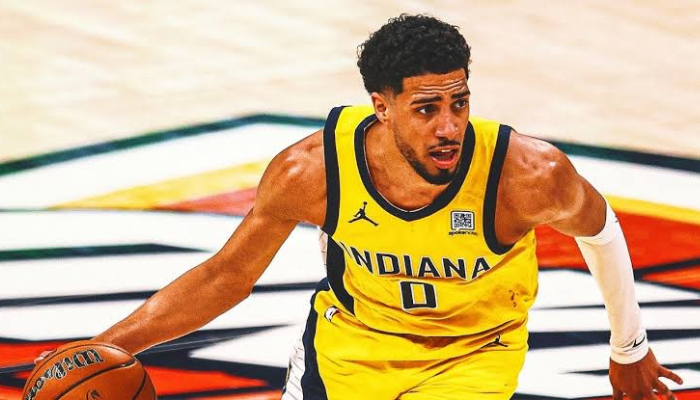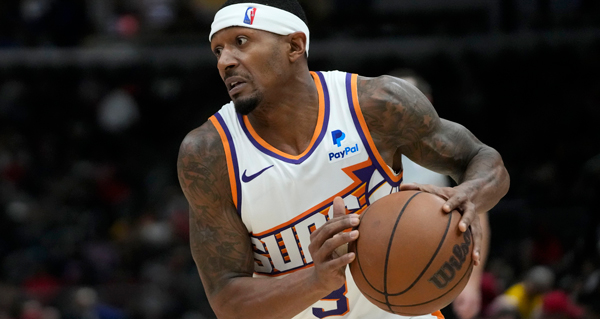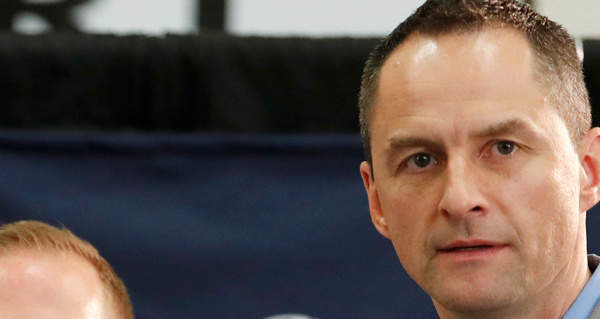PROTECT YOUR DNA WITH QUANTUM TECHNOLOGY
Orgo-Life the new way to the future Advertising by AdpathwayOur articles are not designed to replace medical advice. If you have an injury we recommend seeing a qualified health professional. For more information see our Terms and Conditions.
For people with Plantar Heel Pain (PHP) walking barefoot is usually painful, so I have to admit I was surprised to see a study claim it was an effective treatment strategy for PHP. There’s also evidence barefoot running can help PHP so in today’s email we’ll explore these studies and their implications for practice.
Let’s start with Reinstein et al. (2024) who completed a single-blind trial which included 52 participants with persistent plantar heel pain (PPHP >12 weeks). Subjects were randomised to be in either a Barefoot Walking Group (BWG) or Shod Walking Group (SWG).
Both groups walked on a treadmill twice per week for 4 weeks, starting with 10 minutes and progressing to at least 30 minutes during the study. Both groups also received therapeutic ultrasound. The SWG were in their own comfortable shoes and the BWG walked barefoot.
The primary outcome was the SF-36 functional questionnaire. Secondary outcomes included self-reported and clinically evaluated pain levels and pressure pain thresholds and subjects also recorded their daily walking time.
The BWG had significant improvements in all bar 1 of the items of the SF-36 whereas the SWG only improved in pain and health change. Both groups exhibited significant improvements in symptoms but the BWG had greater improvements in pain and physical function:

These are encouraging results but as with any study, the details matter! There’s no control group so improvements might be explained by natural history. While we don’t expect the ultrasound to have a large therapeutic effect it may represent a placebo, especially as it appears it’s the expected treatment strategy where this study took place.
The study population is also really important, especially if we’re considering if these results are applicable to our patients. It appears the subjects were fairly sedentary, the mean shod walking time prior to the study was 61.6 minutes per week, just under 9 minutes of walking each day. The mean BMI was 29 which would be classed as ‘overweight’ (although we appreciate BMI has its own limitations).
At one month follow-up there were large increases in walking time, 77% of the BWG reported they were walking at least 150 minutes per day. So we might conclude that treadmill walking barefoot or shod may help in sedentary patients with a high BMI and can promote a large increase in activity which comes with many positives!
The big question is, what about runners?! Let’s get into that…
MacGabhann et al. (2022) studied the effect of barefoot running on grass for recreational runners with PHP. Here’s a summary of their study:

As with the previous study it’s really important to note the limitations in this research.
Clinical implications
With many of our interventions individual response can vary significantly. This appears to be the case with barefoot walking and plantar heel pain as illustrated by Riel et al. (2018):

The challenge is predicting who is likely to benefit from each treatment strategy.
Podiatrists Craig Payne and Ian Griffiths discussed this on their excellent Podchat Live Podcast in episode 108 (which covers the Reinstein study mentioned above).
Ian suggests some patients with plantar heel pain find compression more provocative for their symptoms in which case we might expect pain to be more noticeable at heel strike when walking/ running. Others find tensile load and stretching more painful so mid-stance or toe-off may be when they report pain.
Ian mentioned that we might expect those with symptoms from compression to respond more negatively to barefoot walking/ running and those with more of a response to tensile load may fare better.
As a slight aside, it can be hugely valuable to work with a podiatrist, especially with foot and ankle pathologies. It’s great to have one in your team or connect with one locally. I’m sure the podiatrists amongst our readers would agree!
Another reason for differing responses to barefoot is that runners will vary in how they adapt their gait when barefoot. The assumption is often that barefoot = forefoot when running but that isn’t always the case:

Study mentioned in image – Hatala et al. (2013)
If I was a runner with PHP that was aggravated by compression of the heel at foot strike we might expect running barefoot to aggravate my symptoms. However, expectation and reality are not always the same! We’d need to test it on an individual basis.
That leads to my final points. With any intervention for patients, including barefoot walking/ running there are several steps we go through with the patient in clinic:
- Reason through whether this intervention may help the individual to manage their symptoms and/ or achieve their goals.
- Consider potential risks, negative effects or contraindications.
- Discuss treatment options with the patient including alternative approaches.
- Work with the patient to help them make informed choices about which interventions to pursue.
- Test those interventions to assess response and modify where needed.
I think in most cases I would suggest other options first (rather than barefoot walking/ running) due to the risk of flaring symptoms or increasing load on other tissues (such as the forefoot, calf or Achilles). But if a patient’s goal is to run or walk barefoot and they tolerate it well or find it helps then a graded return to that activity would likely be part of their management plan.
I’ve teamed up with Liz Bayley to bring you a collection of graphics with images of the exercises from Osborne et al. (2023) so keep a look out for that in our upcoming blogs!




















 English (US) ·
English (US) ·  French (CA) ·
French (CA) ·